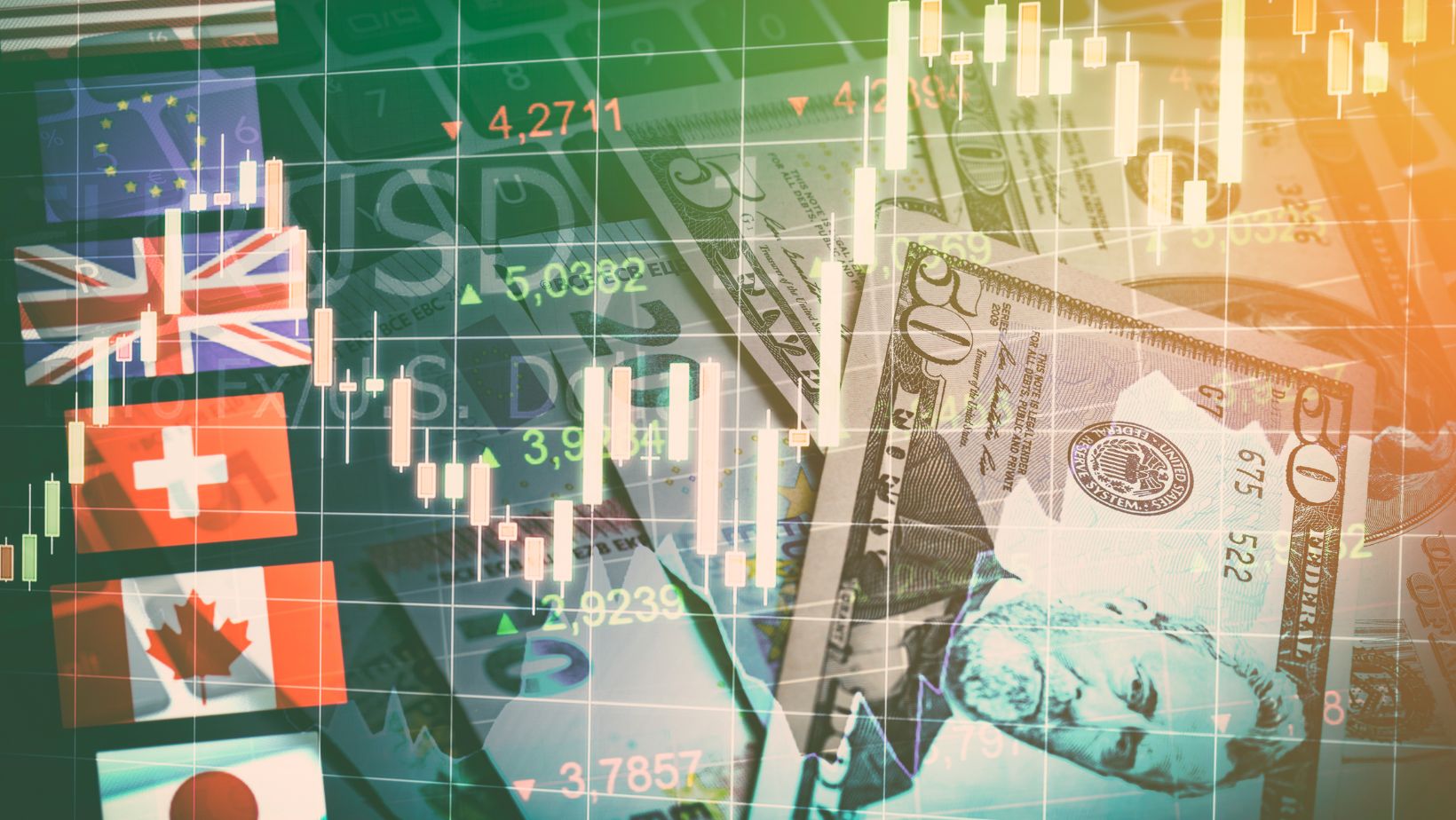Have you tried investing online recently? Whether it is crypto, stocks, bonds, or other assets like gold. It is a lot of work trying to manage different currencies, fees, and fluctuating exchange rates. At the end of the day, you don’t know the total cost of your investment since you don’t know the exchange rate, and sometimes you don’t even know if you are making a profit since the purchasing price fluctuates.
Not only that, but investing in different asset classes means that you have to manage multiple things at once, and nowadays, this means more accounts and passwords to remember.
But what about multi-currency wallets? Do they make investing easier?
Well, I’ve tried them, and I can tell you one thing. I don’t know how I was living without a multi-currency wallet in the past.
These multi-currency accounts are now much more powerful. We are not talking about a wallet that is similar to traditional banks, with the only difference is to hold multiple currencies. We are talking about investment-oriented apps where you can store your crypto, fiat, and other assets like gold or silver.
It is the dream of every investor, right? Basically, you open your wallet, see how your investments are diversified, and make the proper strategy and decisions based on your portfolio.
Let’s learn more about multi-currency wallets and why they are perfect for investors.
What’s The Purpose of a Multi-Currency Wallet?
To put it simply, multi-currency wallets are designed to hold, transfer, and convert different currencies, all on the same account. It’s like a virtual bank where you can store your US dollar, euros, Bitcoin, XRP, and DOGE coin for the brave MEME investors.
Basically, it is a game-changer for anyone who’s into international investments.
Plus, this multi-currency wallet can open up many new investment opportunities. How? Well, let’s say that you want to invest in a European stock, but you live in the U.S. In such a case, you have to convert your dollars to euros every time you make a trade, which is not only time-consuming but also expensive since you get unfavorable rates and high exchange fees.
But, if you have a multi-currency account, you’ll be able to hold various currencies, protect yourself against inflation, and open up new market possibilities with a proper way to manage your finances.

Multi-currency wallets allow you to hold, transfer, and convert different currencies within a single account. Picture having your own virtual bank where you can store dollars, euros, yen, and more, all without opening a separate account for each currency. It’s a game-changer for anyone juggling international investments or businesses operating in multiple countries.
These multi-currency wallets are not only aimed at individuals but also businesses that operate on a global scale. Want to find out more about online financial services for businesses? Learn more here.
Why Investors Need Multi-Currency Wallets
Investing internationally opens up new opportunities, but it also exposes you to exchange rate volatility and hefty fees. Imagine buying a stock in Tokyo, only to see your profit evaporate due to poor exchange rates. Multi-currency wallets help mitigate this risk by letting you manage different currencies in real-time.
Here’s what makes these wallets essential:
- Avoid Double Conversion Fees: If you’ve ever converted your currency back and forth, you know it’s like paying for the same ticket twice. A multi-currency wallet lets you skip the middleman.
- Instant Access to Funds: Timing is everything in the investment world. Multi-currency wallets allow for faster transactions, so you can react to market changes without delay.
- Enhanced Flexibility: You can manage multiple currencies in one place. No more worrying about whether you have enough yen, euros, or pounds to seize an opportunity.
But Wait, How Does It Really Work?
Let’s break it down simply. A multi-currency wallet is linked to your main account, and each currency works as its own “sub-account.” When you want to make an investment or transaction, you choose the currency you want to use. If you’re trading in euros, just dip into your euro sub-account. And if you need to convert currencies, these wallets often provide real-time conversion rates that are much more favorable than traditional banks.
Here’s the cool part: some wallets, like those provided by J.P. Morgan and other large institutions, even offer automated liquidity management.
This means they can identify idle funds in one currency and automatically convert them into another when opportunities arise. You’re no longer left holding cash in an underperforming currency.
Where Do I Find These Wallets?
Several big players offer multi-currency wallet solutions tailored for international investments. Some of the top options include:

- Wise (formerly TransferWise): One of the most user-friendly platforms, perfect for individuals and businesses alike. They offer access to over 50 currencies with real-time exchange rates.
- Revolut: Known for its ease of use and low fees, Revolut allows users to hold and exchange money in 30+ currencies. It also offers additional services like budgeting and investing.
- J.P. Morgan: Aimed more at businesses, their multi-currency management tools focus on liquidity and cash management, making them a great choice for corporate treasuries looking to streamline international operations.
Each of these platforms has its own strengths. Some are more geared toward retail investors, while others serve larger businesses. It’s about finding the right fit for your investment style and needs.
What Are The Risks?
Like anything in finance, multi-currency wallets aren’t without risk. The biggest potential downside is the exchange rate volatility.
While these wallets help manage risk, they can’t eliminate it. If the value of one currency plummets, you’re still exposed to losses unless you’ve hedged properly. Some investors use these wallets alongside FX hedging strategies to further reduce exposure.


